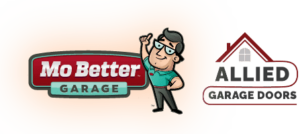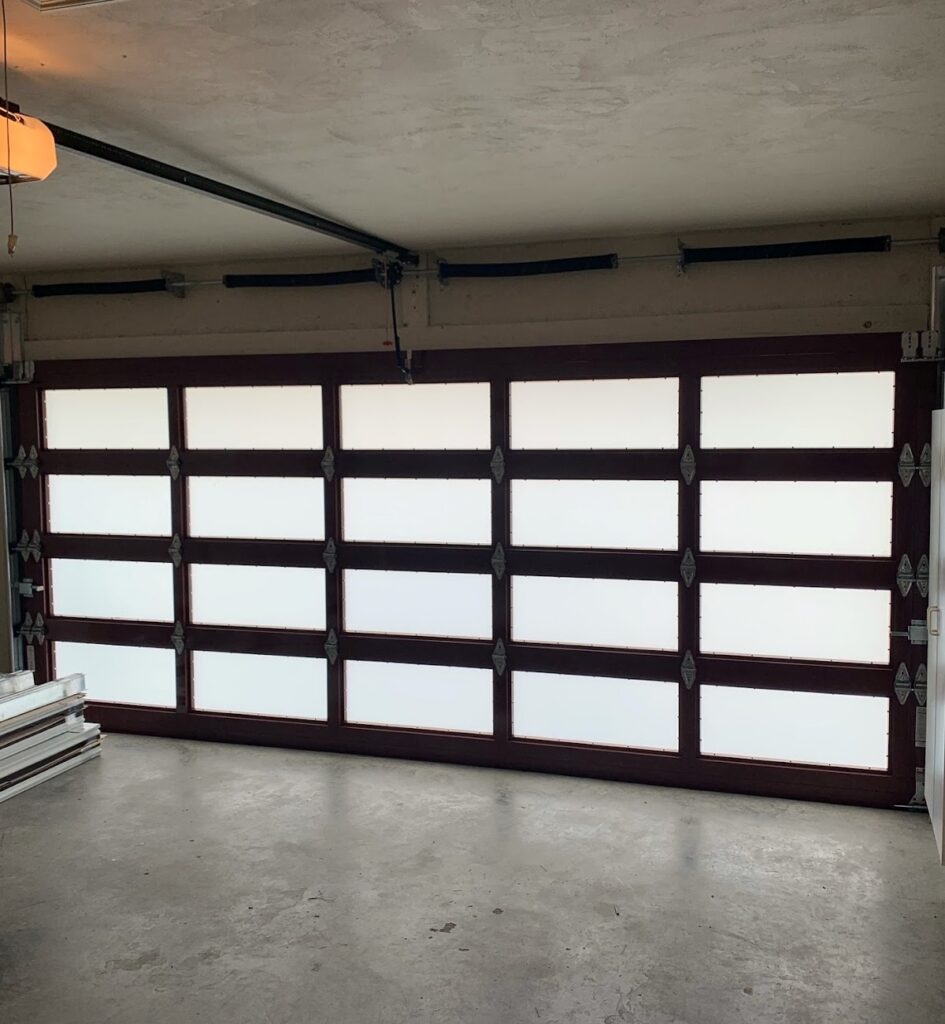A smoothly operating garage door is a marvel of modern convenience, ensuring that our vehicles and belongings are safely stowed away and yet easily accessible.
Among the crucial maintenance tasks for a garage door is lubrication, ensuring that moving parts function seamlessly. But when it comes to lubricating the garage door tracks, there’s a bit more nuance involved.
This article dives deep into whether one should lubricate garage door tracks and offers a clearer perspective on the subject.
Understanding Garage Door Tracks
Garage door tracks guide the door rollers during the opening and closing process.
They are vertical on the sides of the door and curve at the top to become horizontal, leading into the garage’s interior.
These tracks play a pivotal role in ensuring the door’s straight and smooth movement.
The Common Misconception
A frequent assumption is that since other parts of the garage door (like springs, hinges, and rollers) require lubrication, the tracks would benefit from it as well. However, this isn’t necessarily the case.
To Lubricate or Not?
The Short Answer: No.
Generally, you should avoid lubricating the tracks. Here’s why:
Garage doors are intricate systems with several components that need to function in unison for the door to operate smoothly.
While regular maintenance, including lubrication of certain parts, is crucial for optimal performance, it’s equally essential to know which components to leave untouched. One such component is the garage door track.
Let’s delve into the reasons why you shouldn’t lubricate your garage door tracks.
Purpose and Function of the Tracks
Before we get into the reasons, let’s understand the role of the garage door tracks.
These tracks are designed to guide and house the door’s rollers, enabling the door to open and close in a controlled, straight motion.
They aren’t intended to have a smooth, slippery surface, but rather a grip that allows the rollers to travel in a consistent path.
Attraction of Debris
- Dust and Dirt Magnet: Lubricants can make the tracks sticky. When you apply lubrication, it attracts and accumulates dust, dirt, and other airborne particles. Over time, this buildup can become a gritty layer.
- Compromised Roller Movement: The accumulated debris can interfere with the smooth movement of the rollers within the tracks. As the rollers navigate through this grit, their movement can become jerky or hindered, potentially straining other parts of the garage door system.
Risk of Slippage
- Decreased Traction: Excessively slippery tracks, due to lubrication, can cause the rollers to lose their grip. This lack of traction could lead to the rollers not staying securely within the tracks.
- Potential for Derailing: In severe cases, especially if a door is not well-balanced or if there are other underlying issues, the rollers might come out of the tracks. This derailing can cause the door to jam, fall, or operate unevenly, posing safety risks and potential damages.
Counterintuitive to Lubrication Purpose
Lubrication’s primary role in many mechanical systems, including garage doors, is to reduce friction between moving parts.
The tracks, however, aren’t in direct frictional contact with any part. The rollers, which are designed to roll and reduce friction inherently, are the components in motion. Making the tracks slippery contradicts the purpose of the rollers.
Potential for Over-application
Without clear knowledge of where and how to apply lubricants, there’s a risk of over-lubrication.
Excess lubricant can drip or spread to areas where it’s not needed or could be harmful.
For instance, spilled lubricant can stain the garage floor or even reach and degrade the door’s rubber weather seal at the bottom.
False Sense of Maintenance
Believing that lubricating the tracks is beneficial might give homeowners a misplaced sense of thorough maintenance.
This perception can overshadow genuine maintenance needs, like cleaning the tracks or lubricating parts that genuinely require it, such as springs and hinges.
Garage door maintenance is a blend of proactive care and informed restraint.
While the impulse to lubricate every nook and corner seems proactive, it’s important to approach such tasks with knowledge and precision.
Refraining from lubricating the garage door tracks ensures the system’s integrity, efficiency, and longevity. Instead, focus on regular cleaning of the tracks and appropriate lubrication of the genuine moving parts to guarantee a smoothly operating garage door.
What You Should Do Instead
- Clean the Tracks: Rather than lubricating, focus on keeping the tracks clean. Use a damp cloth to wipe them down, removing any dirt or buildup. For tougher grime, you can use a mild detergent.
- Lubricate the Rollers: While the tracks don’t need lubrication, the rollers do. Ensure you use a suitable lubricant (like silicone or lithium-based products) for metal rollers. If you have nylon rollers, only lubricate the bearings, avoiding the nylon itself.
Lubrication of Other Garage Door Parts
While the tracks can do without lubrication, other parts of your garage door will benefit from it:
- Springs: Lubricate the torsion springs located above the door, ensuring they remain rust-free and function smoothly.
- Hinges: Ensure the hinges are lubricated so the door panels pivot smoothly.
- Lock Mechanism: If your garage door has a manual locking mechanism, lubricating it can prevent it from becoming stiff or jammed.
Choosing the Right Lubricant
When lubricating any part of your garage door:
- Avoid WD-40: While commonly used, WD-40 is more of a cleaner than a lubricant. Instead, choose a silicone or lithium-based lubricant designed for garage doors.
- Regular Maintenance: Apply lubricant to the necessary parts at least twice a year, or whenever you notice squeaking or resistance.
Conclusion
While the impulse to ensure every part of your garage door operates smoothly is understandable, it’s crucial to know which parts benefit from lubrication and which don’t.
By refraining from lubricating the tracks and focusing instead on cleaning them, you’ll ensure a longer lifespan and smoother operation for your garage door.
Regular maintenance, combined with proper lubrication practices, will keep your garage door functioning efficiently for years to come.


